Are Flushable Wipes Really Safe to Flush?
Walk through the household paper products aisle in any grocery store. In addition to rolls of paper towels, boxes of tissues, and packages of toilet paper, you’re going to see something else: containers of flushable wipes.
If you’ve ever used flushable wipes, you know their basics. They tend to be damp, super-soft, and somewhat thick. And to be honest, they do what they're supposed to do and do it well. However, the term “flushable” is a bit misleading.
Why Even the "Best Flushable Wipes That Actually Disintegrate" Actually Don't
Here’s the problem: Just about anything is flushable, in technical terms. Plumbers frequently get called by frantic homeowners whose kids have flushed anything and everything down the toilet. From small stuffed toys to articles of clothing to wedding rings, tons of weird and wacky stuff has been rescued from the sewer by intrepid plumbing technicians.
In other words, anything is "flushable." With that being said, not everything should be flushed.
The only things you should flush down your toilet are the results of your natural body functions and sewer (septic-safe) toilet paper. That’s it. No feminine hygiene products. No cigarette butts or matchsticks. No paper towels. And certainly, no flushable wipes constructed of synthetic materials.
Confused? That’s understandable. After all, aren’t you being told something else by makers of flushable wipes that are supposed to disintegrate once they hit the sewer? Yes. But it's advertising.
What Really Happens to Flushable Wipes
To get a broader perspective on what makes flushable wipes bad for flushing, consider how they get from the toilet to the sewer.
After you use a flushable wipe, you toss it into the toilet water and flush it. The wipe travels through the pipes connected to your toilet and makes its way out of your home. From there, it ends up in the sewer and on its way to a wastewater treatment facility or straight into your septic tank.
Though this journey isn’t long, it involves twists and turns — and lots of chances for your flushable wipes to get caught in pipes. A trapped wipe can turn into a serious clog over time. Suddenly, your drains slow down or stop allowing water to escape, you notice an unpleasant smell by your septic tank, or water starts to pool around the edges of the tank. These are all indicators of a potential clog.
Of course, even if the wipes head straight out of your house and to the wastewater treatment facility, they aren’t guaranteed to dissolve. Lots of plants experience clogging due to a build-up of the wrong types of items being flushed.
How to Dispose of Flushable Wipes the Right Way
This doesn't mean that you can't buy or use flushable wipes. Why would you? To be honest, they work great. You just have to avoid falling for the advertising telling you that you’re buying flushable wipes safe for plumbing or septic-safe flushable wipes.
The way to properly dispose of your flushable wipes is to toss them directly into the wastebasket. Many homeowners like to wrap them first in plastic baggies, like the environmentally safer kind made for discarding dog or cat waste. Yes, it’s an extra step. Nonetheless, it keeps you from having an avoidable plumbing emergency.
Finding a Viable Alternative to Flushable Wipes
What is an alternative to flushable wipes? You can use a spray designed to wet down your toilet paper just enough so that it cleans more thoroughly.
You don’t have to find a fancy or expensive spray, though. You can make one yourself by just putting witch hazel in a spray bottle and giving your toilet paper a spritz when needed.
What to Do If You Already Flushed Too Many Wipes?
Perhaps you’ve come to this article a little late. Not a problem. If you suspect that you have a wipes-related clog, the team at Gainesville Mechanical can help. You’ll feel better and you’ll be doing your part to make things right for your septic system or nearest wastewater plant.
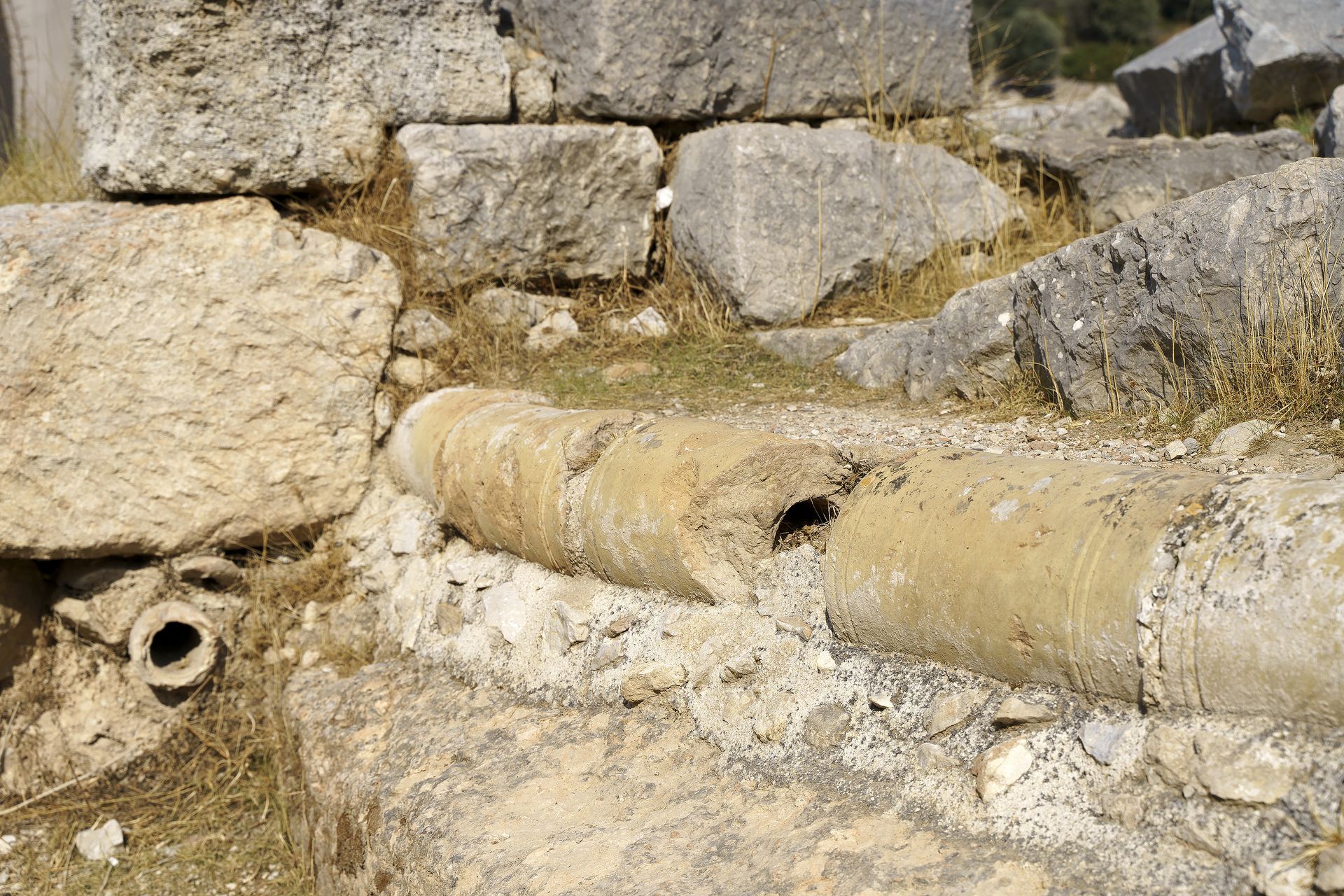
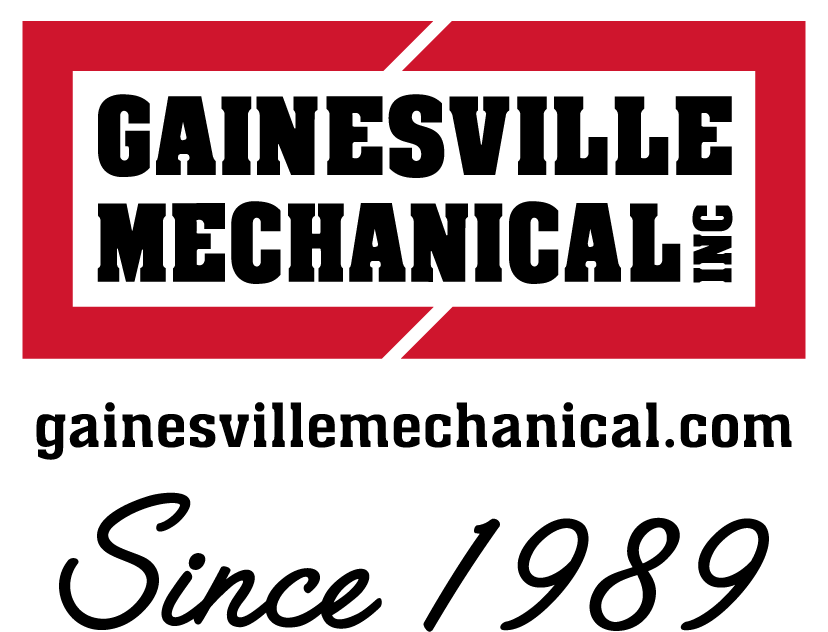

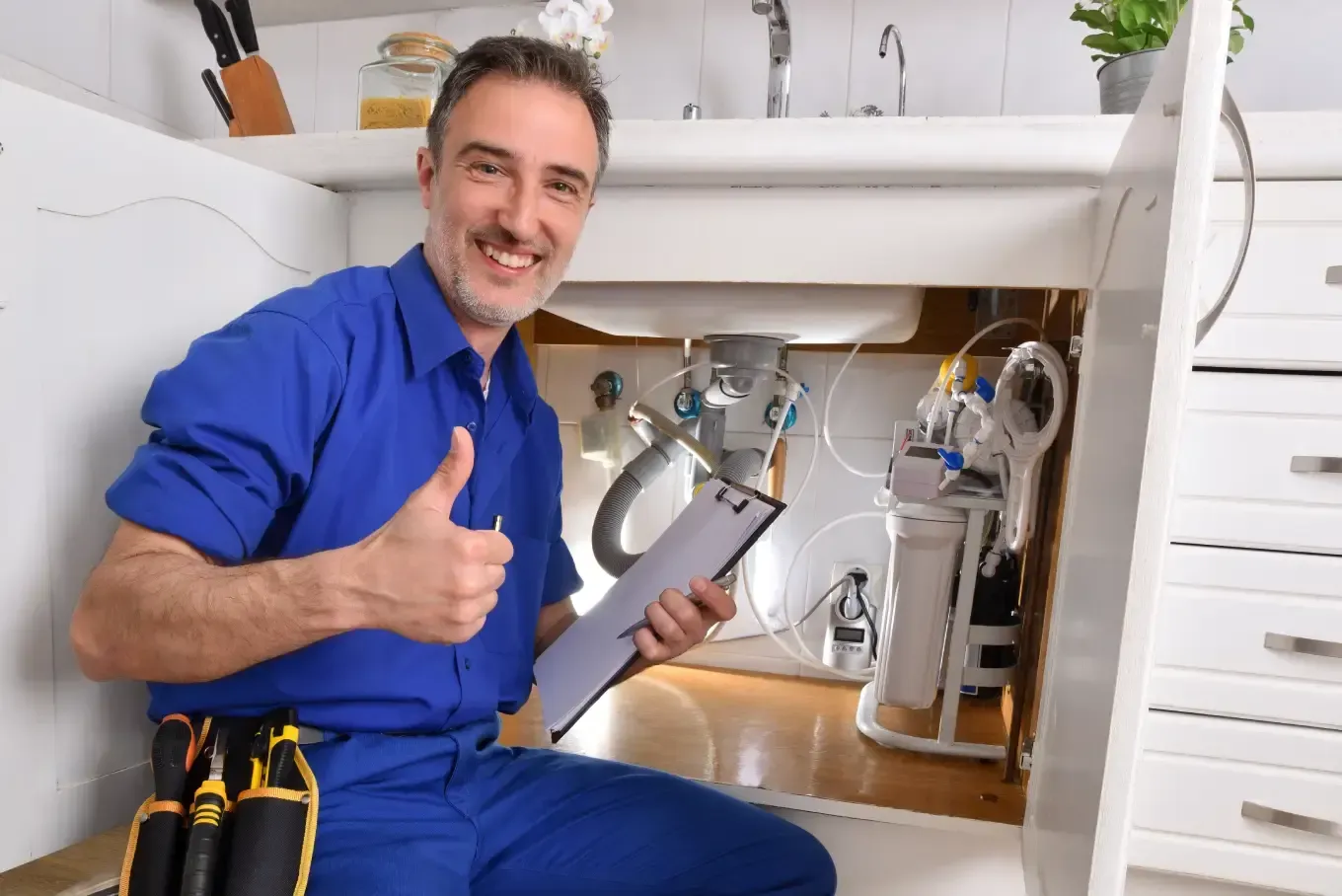
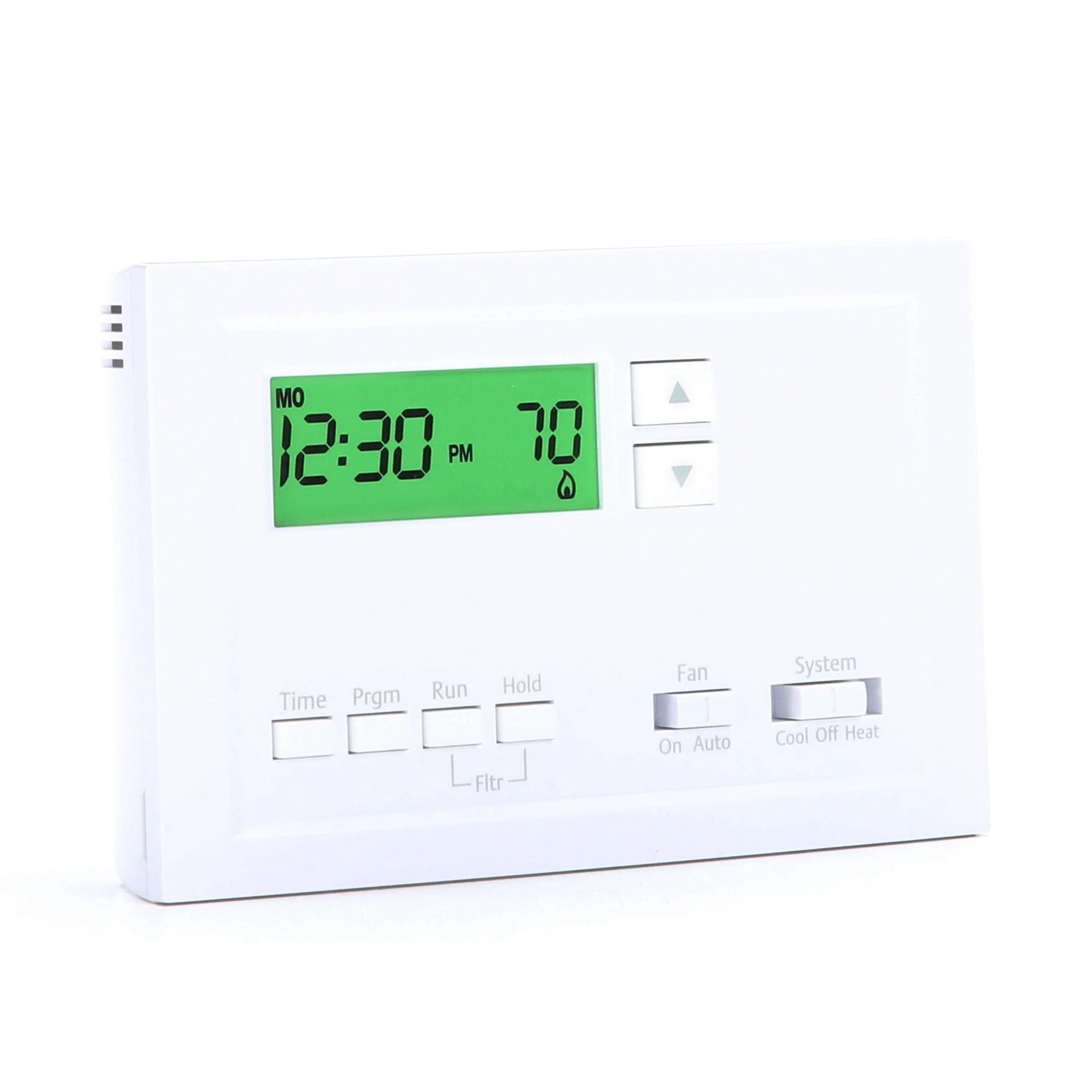
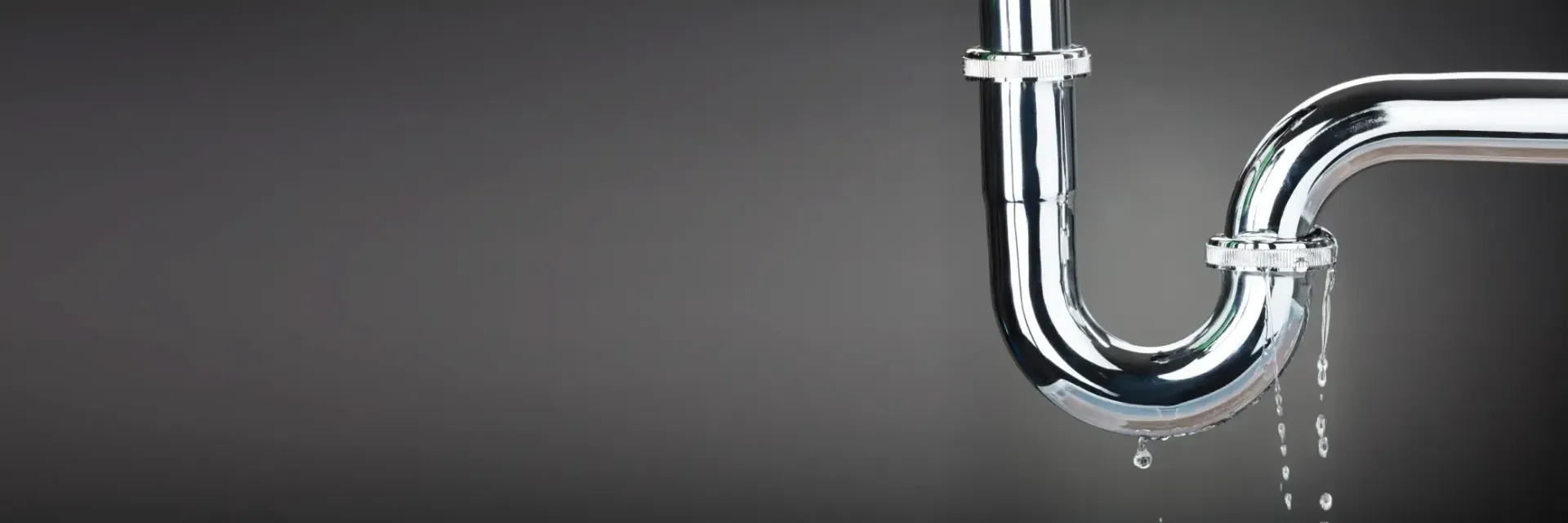
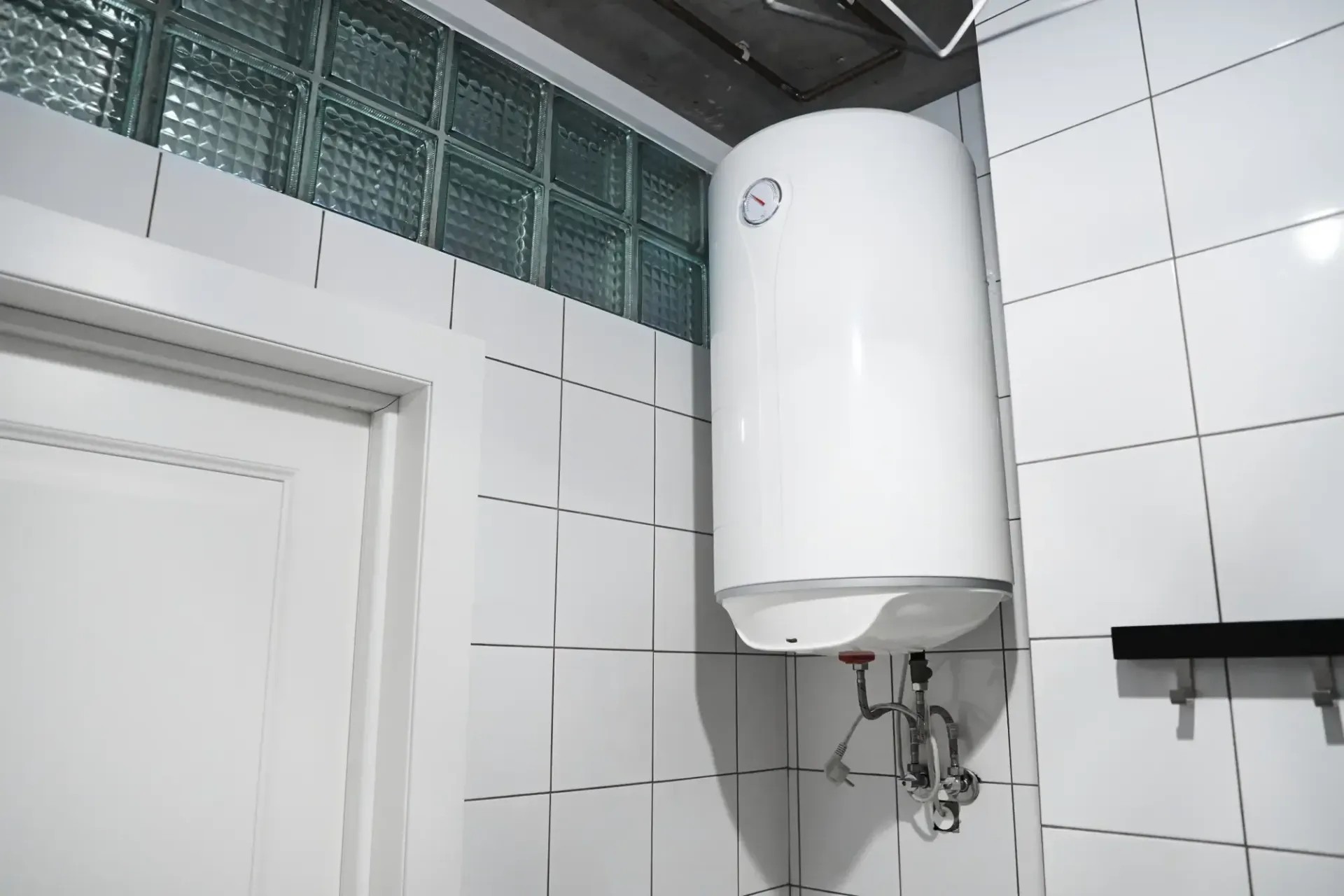
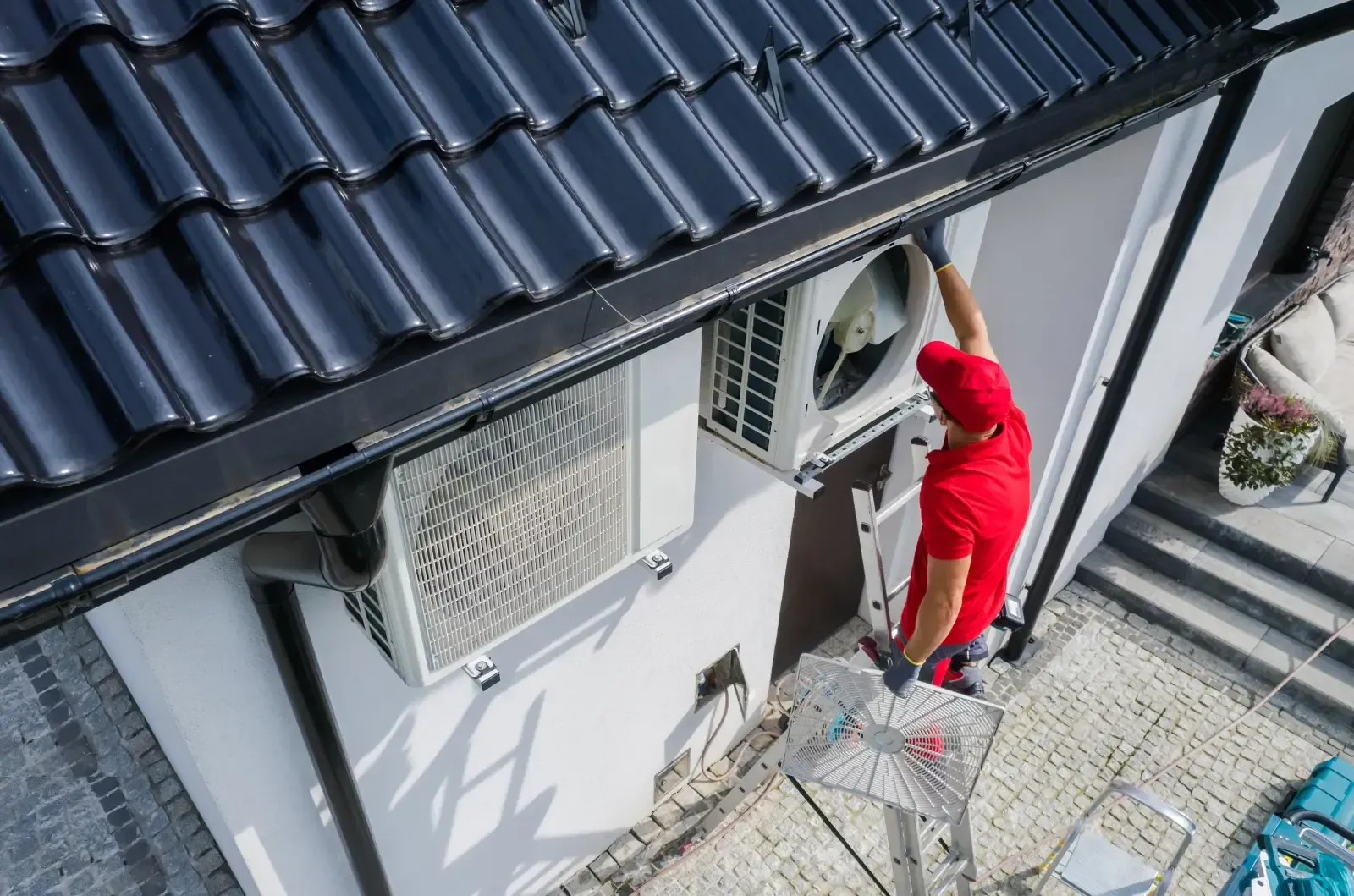
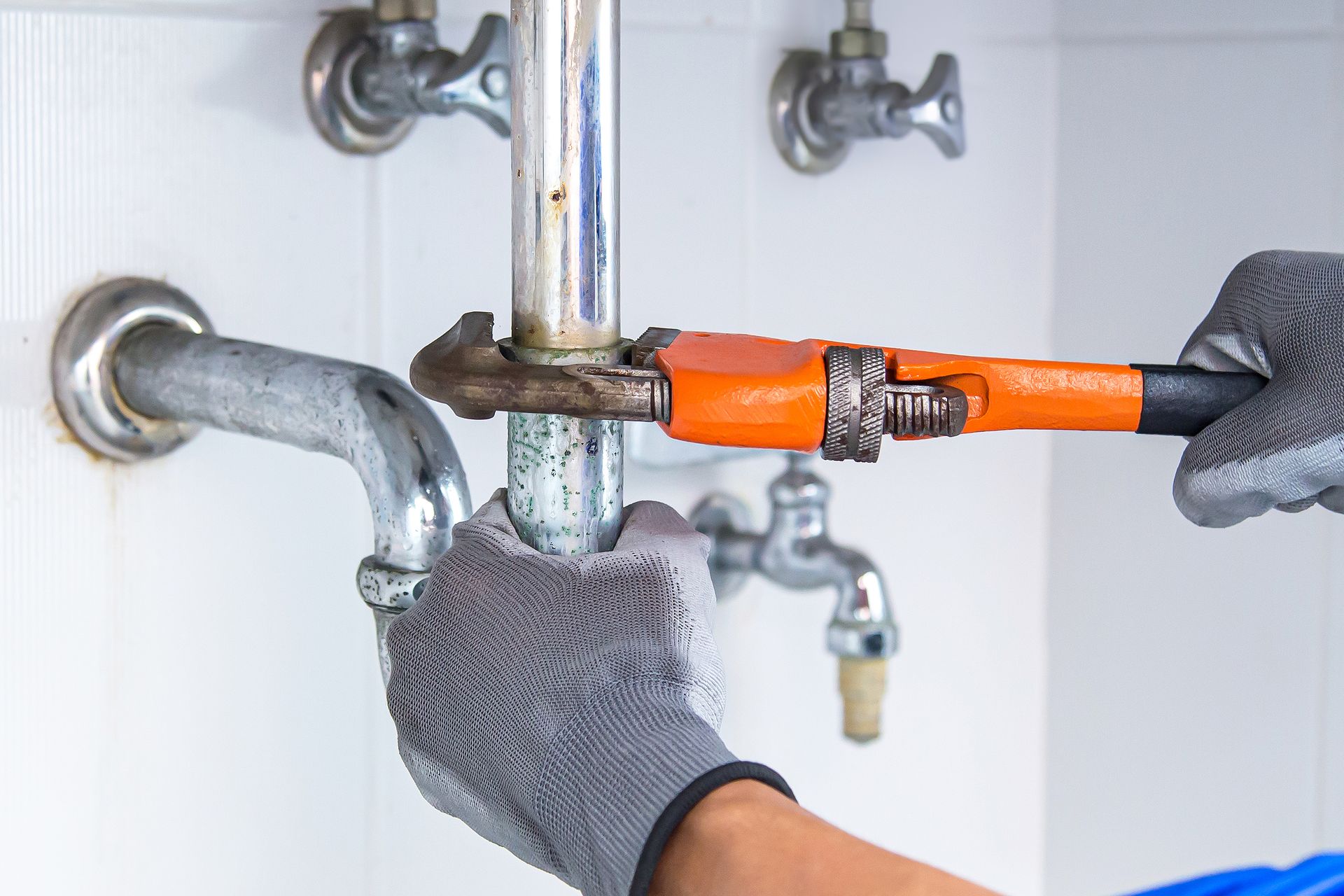
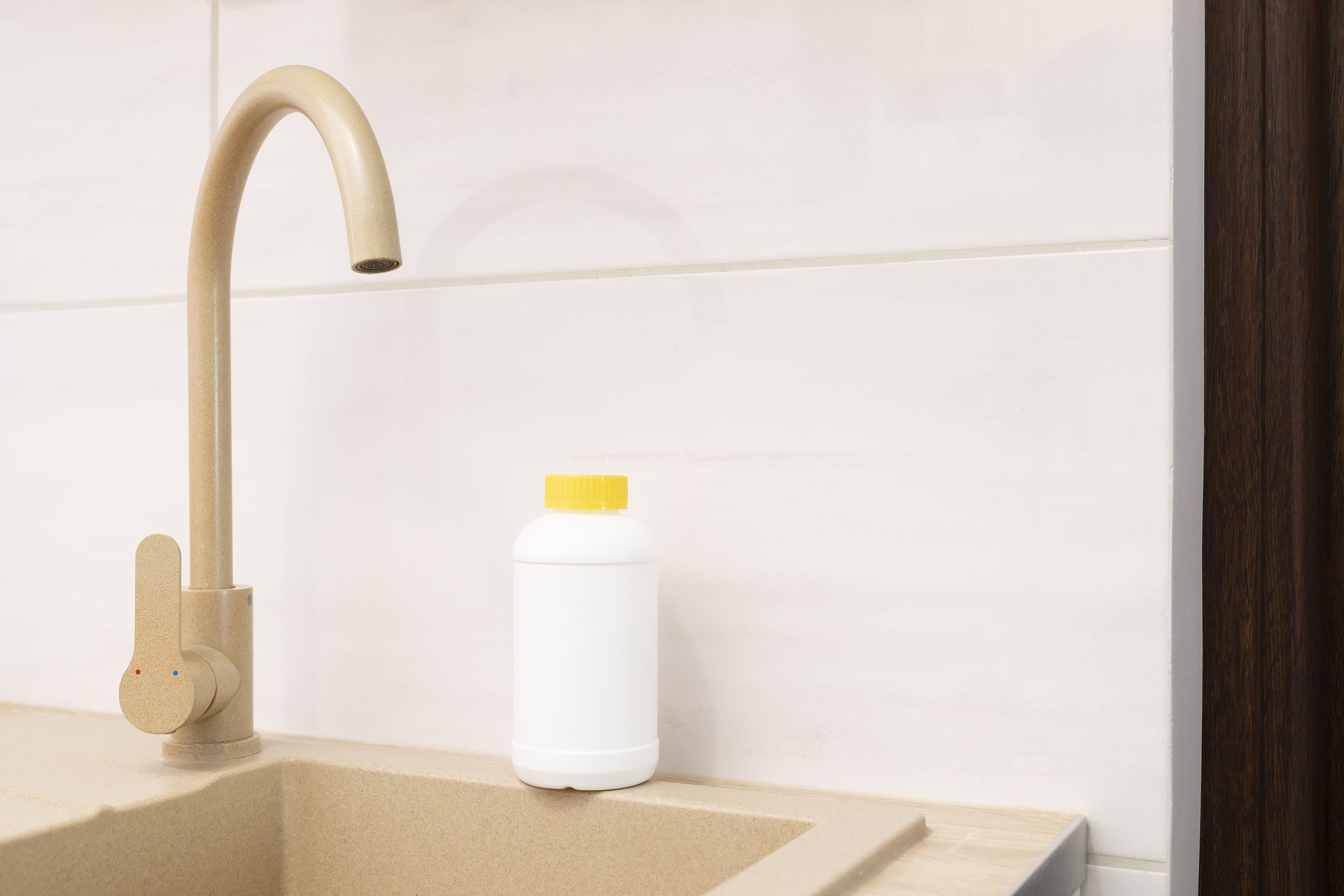
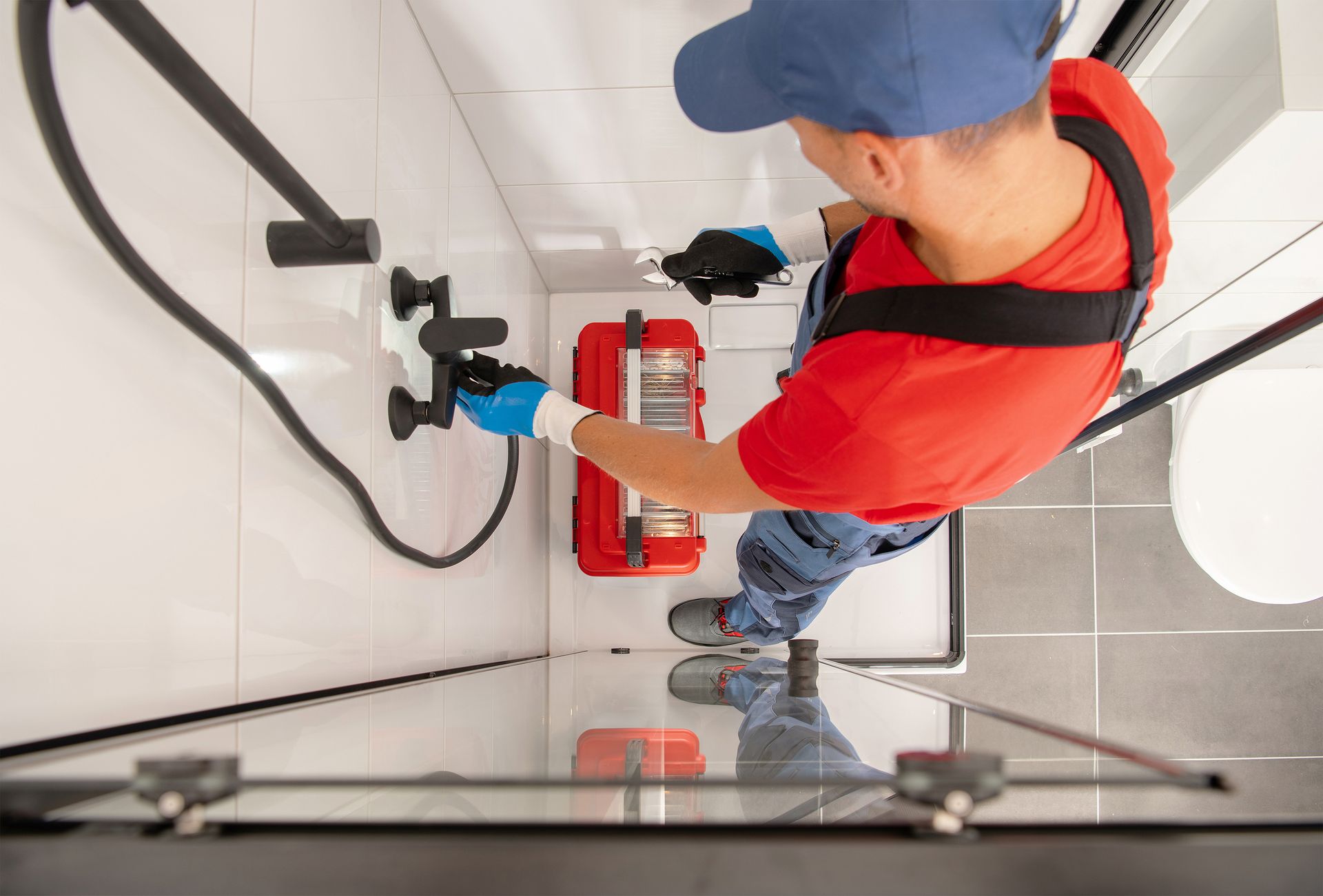
Share On: